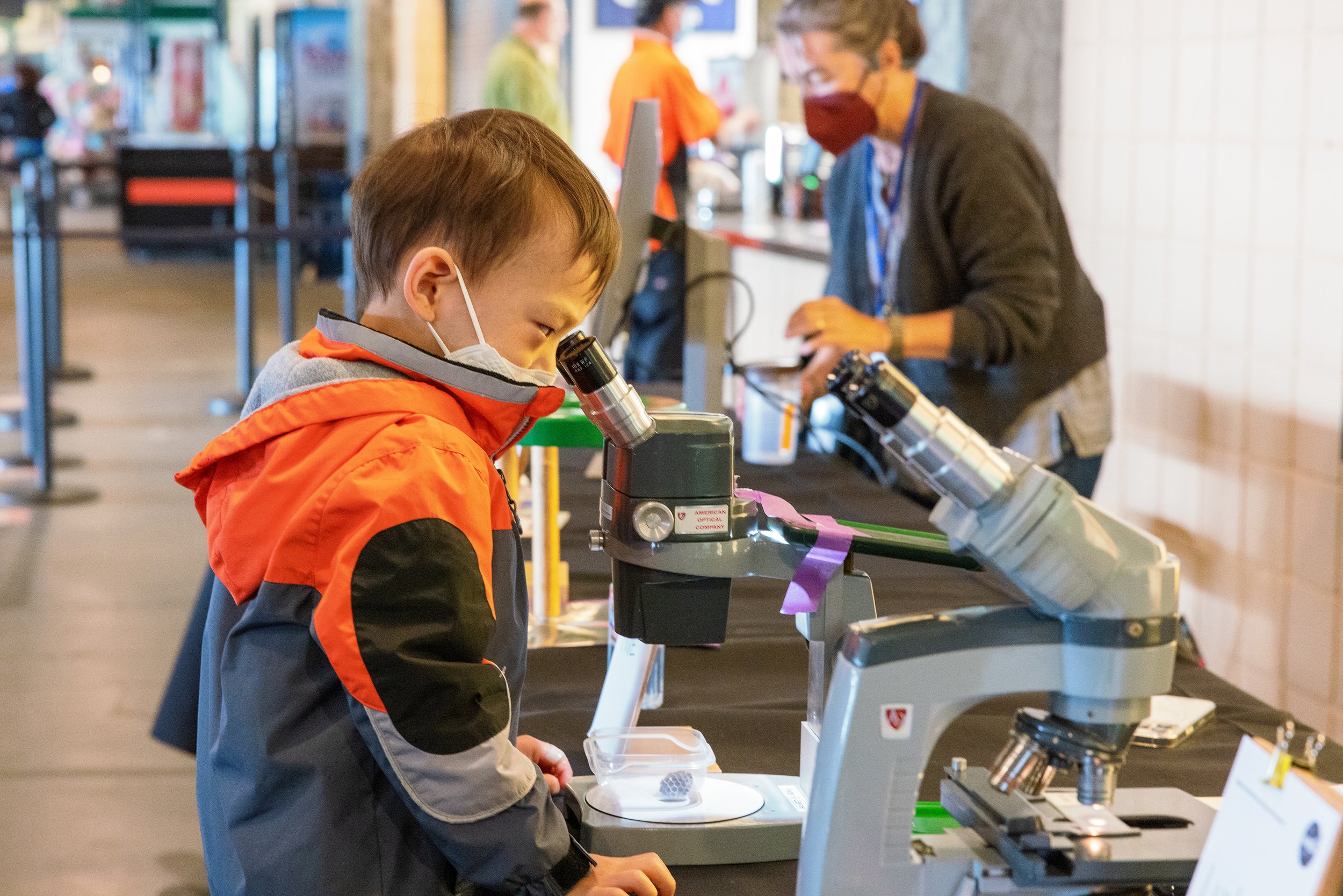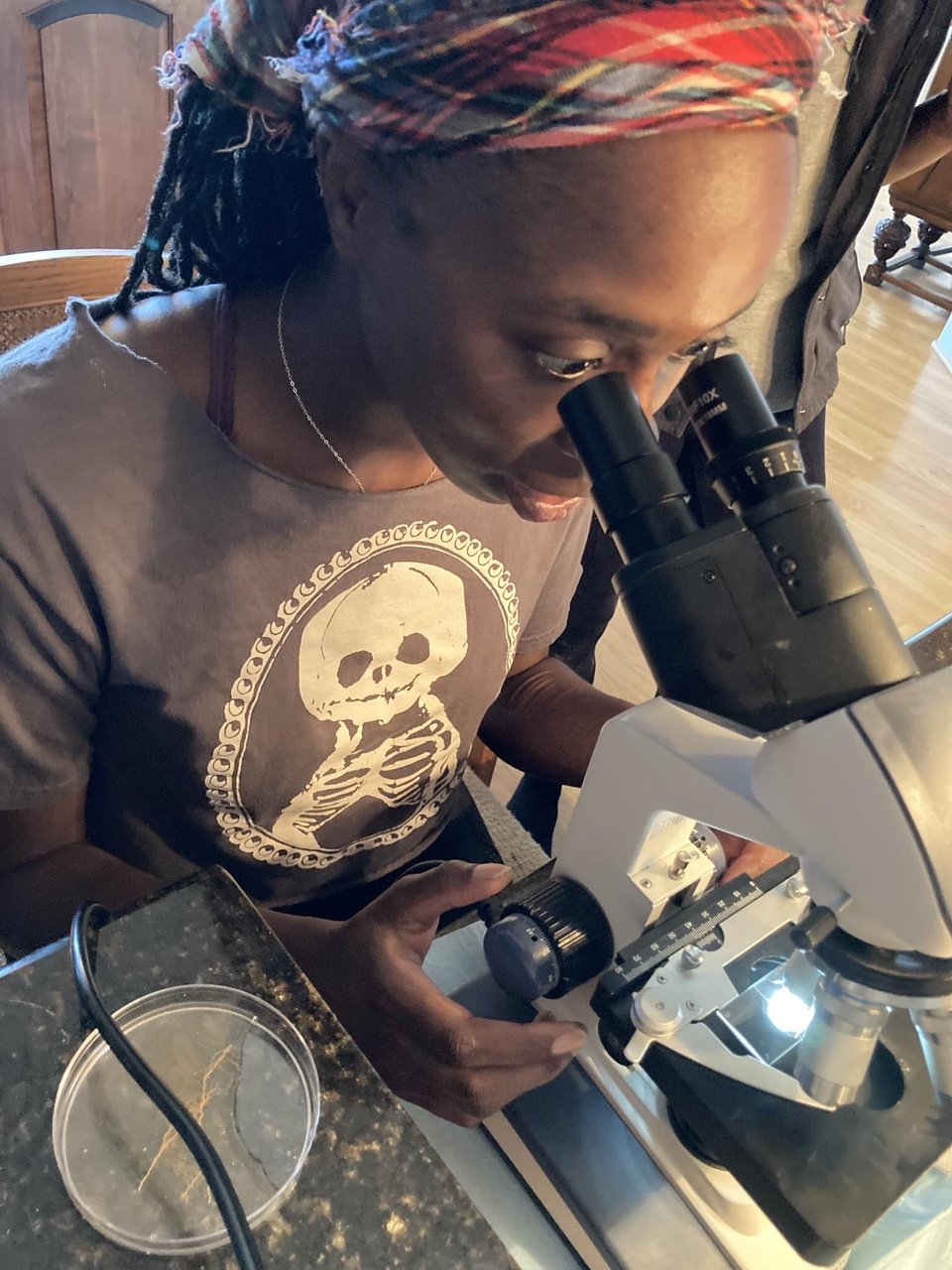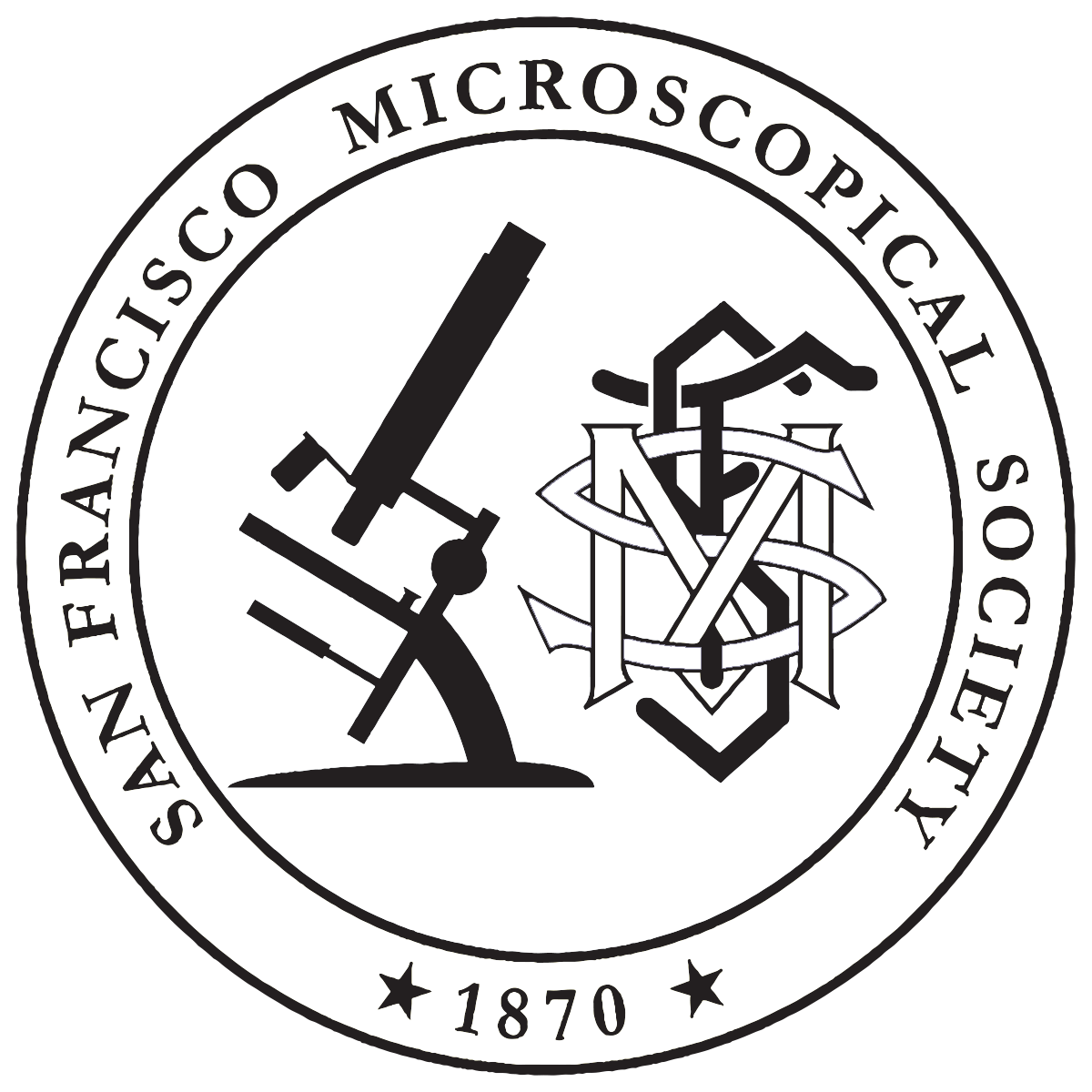Features

Setting the stage (get your gelato!)
In this installment of Clive’s Corner, Clive describes how gelato can improve your microscopy. It’s another hack that beginners can explore on inexpensive microscopes, and this one is especially delicious.

Igniting new explorers of the microcosmos at the Bay Area Science Festival
For the San Francisco Microscopical Society, the Bay Area Science Festival is our largest event of the year and we were eager to continue our participation after having experienced so many amazing times there from our years past.

Truth and truffles
What it was like to explore a truffle farm with a microscope. Maria Pinto visited Society Treasurer, Jasmine Richardon’s farm in Virginia to find out.

Taking a walk on the dark(field) side
Getting creative to generate darkfield illumination. One of the simplest hacks for a basic brightfield microscope is to place a patch stop beneath the condenser to achieve darkfield illumination so that objects of interest shine brightly on a dark background.

Condenser properties condensed
The instructions for adjusting the condenser in the manuals for some student microscopes can be obscure.

Oculars Wide Open: The Power of Live-sharing Our Microscopical Views
“Is there an ocean view this way?” Well, yes. Only the view I grew up gazing at for hours. The one that in large part inspired me to become an oceanographer.

Micro NewsBites: June 2021
Micro NewsBites on: Insects Images, More on Micrometeorites, … and 5,000 tardigrades find their way UP

Meet Miranda! New technology in San Francisco Bay
One of the newest types of microscopes to join the club belongs to Dr. Raphael Kudela’s ocean science lab at UCSC, and is an autonomous, robotic microscope named Miranda. Miranda can currently be found in a shed at the end of the Exploratorium’s pier in San Francisco, sampling seawater from the bay beneath her.

Starch Gelatinization Under the Microscope
Starch is all around us. Both plants and humans use starch for energy. Plants create starch, and we use it in its refined or unrefined forms for many culinary purposes. We eat plant seeds and roots largely for their starches and we grind them to make starch-rich flours. Without starch there would be no pastries! As a culinary professional, it is helpful to know how starch acts under various conditions. As such, I sought to replicate culinary conditions under the microscope—I wanted to see what happens when you cook starch!

